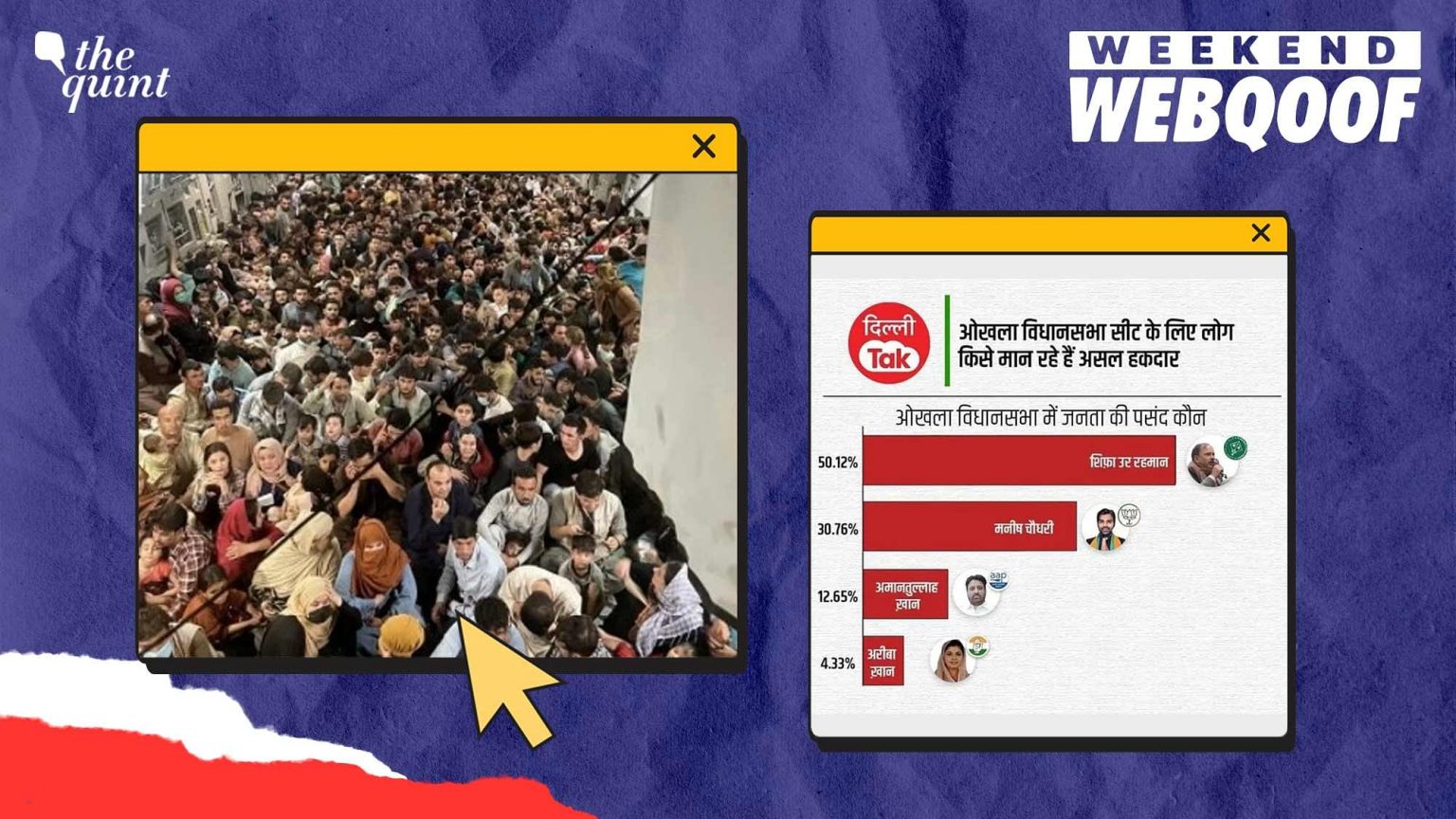Charkhi Dadri Lynching: A Grim Reminder of Misinformation’s Deadly Consequences
In the quiet village of Hansawas Khurd, nestled in the heart of Charkhi Dadri district, Haryana, a horrific incident unfolded in August 2024, exposing the dark underbelly of rumour-driven violence and the fragility of human life in the face of unchecked misinformation. Sabir Malik, a 26-year-old migrant worker hailing from West Bengal, became the latest victim of a disturbing trend of mob lynchings plaguing India, his life tragically cut short by a whirlwind of baseless accusations and brutal savagery.
Sabir’s ordeal began with the insidious whisper of a rumour – the allegation that he had been consuming beef. In a region where the cow holds a position of reverence, this accusation quickly escalated into a dangerous spark, igniting a firestorm of prejudice and hatred within the local community. A group of villagers, fueled by this unsubstantiated claim, descended upon Sabir’s humble dwelling, transforming from concerned neighbours into a menacing mob. Their actions, driven by blind faith in a rumour, disregarded any semblance of due process or the basic tenets of human decency.
The mob’s invasion of Sabir’s home was a blatant violation of his privacy and dignity. They ransacked his belongings, meticulously scrutinizing his food supplies, seeking evidence to validate their pre-conceived notions. Their actions, rather than being a quest for truth, were a desperate attempt to find justification for their brewing violence. Caught in this terrifying vortex of misplaced righteousness, Sabir, along with another migrant worker from Assam named Sirajuddin, became the target of the mob’s unbridled fury.
The ensuing attack was a gruesome display of inhumanity. Sabir and Sirajuddin were subjected to a merciless beating, their cries for help drowned out by the roar of the bloodthirsty mob. While Sirajuddin miraculously managed to escape the clutches of his attackers, albeit with severe injuries, Sabir was not so fortunate. He succumbed to the brutal assault, his life tragically extinguished by a senseless act of violence fueled by nothing more than unfounded rumours.
The Quint’s fact-checking team, driven by a mission to unravel the truth behind this horrific incident, embarked on a journey to Charkhi Dadri. Their objective was to delve into the heart of the matter, to understand the origins and dissemination of the rumour that ultimately claimed Sabir’s life. Their investigation forms part of a special series titled "Fake News, Real Impact," a crucial initiative aimed at exposing the devastating consequences of misinformation and highlighting the urgent need to combat its spread.
This tragic incident serves as a stark reminder of the pervasive dangers of misinformation in contemporary society, particularly in the context of India’s diverse and often volatile social landscape. The speed with which rumours can spread, morphing into dangerous narratives, and the ease with which they can incite violence, pose a significant threat to social harmony and individual safety. Sabir’s death underscores the need for critical thinking, responsible media consumption, and robust fact-checking mechanisms to counter the destructive potential of fake news. It is a tragic testament to the urgent need for greater awareness and proactive measures to prevent such incidents from recurring, ensuring that no other life is lost to the insidious power of unfounded rumours. The full ground report from The Quint provides a deeper insight into the incident and its broader implications, offering a crucial perspective on the challenges of misinformation and the importance of upholding truth and justice. This incident serves as a sobering call to action for individuals, communities, and authorities to work together to create a more informed and responsible information ecosystem.


